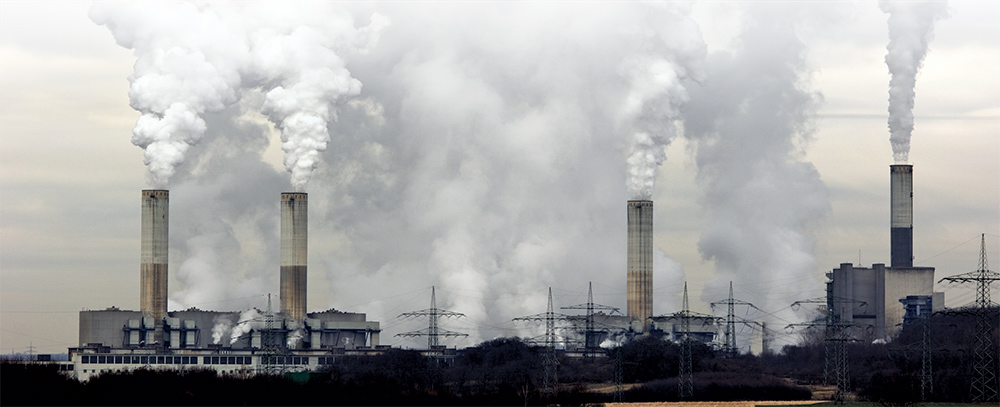Lowest fees in Richmond with no hidden costs.
Get a free consultation, call us now at: (804) 294-9673.
Friendly waste management expert customer service.
We always deliver and pickup on time.
We are a local family business in Richmond, VA.
Virginia is one of the most polluted states in the country. There are many sources of pollution, such as coal-fired power plants, factories and cars.
The Virginia Department of Environmental Quality has identified a number of environmental hazards in the state, including air pollution from vehicle exhausts and industrial emissions.
Toxic pollution in Virginia has been ignored for too long.
The state has environmental policies that depend on people doing the right thing on their own. Too many people in public office in Virginia have the wrong idea that pollution is one of the costs of a strong economy and jobs.
In a market-driven economy, the industries with the lowest cost per unit of production do well, even if this comes at the expense of people’s health and the environment.
As soon as possible, we need strong and fair standards to create a level playing field that protects the public, lets businesses know the rules of the game, and makes sure that businesses that break environmental standards can’t save money by polluting more than allowed.
Virginia is one of the states with the most toxic pollution compared to the rest of the country. The commonwealth’s people deserve better.
Ground-level ozone
Smog is mostly made up of ozone near the ground. It is a colourless gas that is made when sunlight reacts with emissions from vehicles, gasoline, solvents, power plants, and other industries. Most ozone is made when it is hot, dry, and the air is pretty still.

Particle pollution
Some places in Virginia can now use the Internet to check on particle pollution. Particle pollution is made up of soot, dust, smoke, and fumes that have particles in them. These particles are made when coal, oil, diesel, and other fuels are burned. The particles are small enough to get deep into the lungs and cause health problems.
Short-term health problems have been linked to ozone and particle pollution, especially in children, asthmatics, people with heart or lung diseases, and older adults. When levels are high, you can lessen the effects of these pollutants by not doing hard work or exercise. During the summer, you can make plans based on what the weather will be like the next day.
Stormwater Pollution Prevention
Stormwater is the main thing that makes our waterways dirty. As rainwater flows over paved areas, it picks up oil, trash, chemicals, fertilisers, sediment, and other pollutants.
Our stormwater system sends these pollutants straight to rivers and streams, and then to the Chesapeake Bay. Polluted stormwater makes the water quality worse and puts fish and other aquatic life in danger.
Help improve the quality of stormwater by getting rid of oils and chemicals in the right way, using less or no fertiliser at home, picking up pet waste, and washing your car on grass.
The storm drains in your neighbourhood go straight to our creeks, streams, and rivers. It’s important to know how your actions can affect the way our water systems work. The information below tells you about pollutants that you should avoid if you want to keep your waterways safe.
Prevent Nutrient Pollution from Fertiliser
When it rains on your lawn, the water flows into these waterways and ends up in Chesapeake Bay. Some of the nutrients in the fertiliser you use on your lawn, like nitrogen and phosphorus, can lead to algae blooms in the Bay. Algae clouds the water, which makes it harder for light to reach important underwater grasses. It also cuts down on the amount of oxygen in the water, which kills fish.
Because of nutrient pollution, the Chesapeake Bay is now one of the largest “dead zones” in the country. This means that there isn’t enough oxygen for any aquatic or plant life to live there.
How Can You Help?
Follow these easy steps to keep nutrients from polluting our waterways:
- Test your soil for nutrient levels before fertilising. Only use what is necessary.
- Fertilise in the fall, if at all.
- Use fertiliser sparingly. Follow the label.
- Consider organic fertilisers. They release nutrients slowly.
- Check the weather. Do not fertilise before it rains.
- Leave grass clippings on your lawn. They can generate 25% of your lawn’s yearly fertiliser needs.
Pollution from Nonpoint Sources in Virginia
Nonpoint source pollution of surface waterways and groundwater is one of the worst things that can happen to biodiversity. Pollution that doesn’t come from the end of a pipe is called “point source pollution.” Some examples are oil and salt that wash off the roads, nutrients from too much fertiliser put on lawns, soil particles that wash away from farm fields, and acid rain that comes from burning fossil fuels.
The state agency in charge of nonpoint source pollution is the Department of Conservation and Recreation (DCR), and the Soil and Water Conservation Division of DCR works closely with the Natural Heritage Program to help deal with nonpoint source pollution problems.
Natural heritage data are used to find high-priority waterways so that state and federal funds can be used to cut down on pollution from sources other than point sources. Staff from the Natural Heritage Karst Program work with businesses and communities to solve problems related to cave and groundwater pollution.
They are also very involved in efforts to educate the public. Staff members at Natural Heritage give landowners information about best management practices and government cost-share programmes that can help reduce pollution caused by farming and cutting down trees.
Call (804) 294-9673 and ask Richmond Dumpster Rental Center about our dumpster rental services in Richmond, VA.
